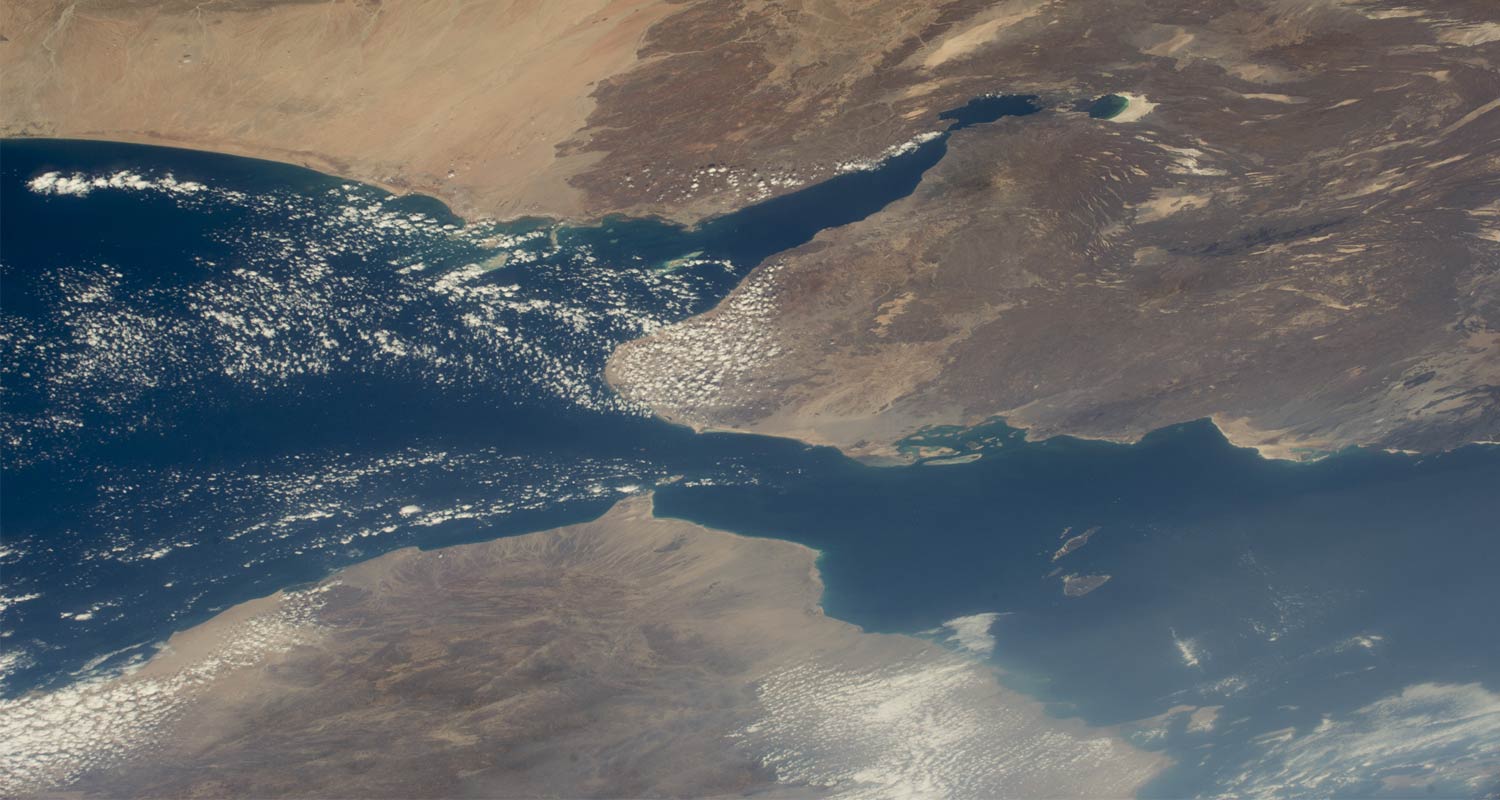Try our mobile app

A portion of the Red Sea near Djibouti, photographed from the International Space Station. Image: Nasa Seacom on Friday said it is still awaiting the necessary permits to fix its broken cable system in the Red Sea. Its repair partner, E-marine , has applied for repair permits through the appropriate authorities, Seacom said in a statement. “As part of the regulatory process, we anticipate that permitting could take up to eight weeks to obtain,” it said. “While we remain optimistic that the cable repairs will proceed as planned during the second quarter, as previously communicated, we are mindful of the ongoing unrest in the region,” the company added. We remain optimistic that the cable repairs will proceed as planned during the second quarter “This situation may introduce unforeseen challenges that could potentially impact our repair timeline. We are closely monitoring the situation and will continue to keep all stakeholders updated on the progress of the repair operations as events unfold,” it said. On Wednesday, Reuters reported that the anchor of a cargo ship that was attacked by Houthi militants was the most likely cause of damage to three telecommunications cables in the Red Sea in late February, including the Seacom system. Reuters cited a subsea cable trade group that includes companies operating in the region for this information. “It’s generally accepted that the Rubymar dropped an anchor when fired upon and as a result it damaged cables in the proximity,” said Ryan Wopschall, GM of the International Cable Protection Committee, the group representing subsea cable operators. Densely populated The Rubymar, a Belize-flagged commercial ship loaded with 41 000 t of fertiliser, was hit by ballistic missiles in mid-February off the west coast of Yemen. Days later, the cables were damaged in the same area. The crew abandoned the 172m-long ship after dropping one of its anchors, and the vessel drifted for almost two weeks through an area of the Red Sea that’s densely populated with cables, before sinking on Saturday. The Houthis have been attacking merchant and military ships in and around the southern Red Sea since mid-November, ostensibly in support of Hamas as it wages war against Israel in Gaza. The strikes have forced many merchant vessels to sail around Southern Africa instead of through the Red Sea and Suez Canal — sending freight rates soaring and raising concerns about the security of a network of underwater cables that help transmit data across the world. The Rubymar was the first ship the Houthis have sunk. Read: Houthi-sunk ship likely snapped Red Sea internet cables Three out of more than a dozen cables that run through the Red Sea, a critical route for connecting Europe’s internet infrastructure to Asia’s, have been knocked offline as a result of the attacks: Seacom , AAE-1 and EIG . These cables carry about 25% of traffic in the region, according to estimates from Hong Kong-based internet provider HGC Global Communications, which uses the cables. – © 2024 NewsCentral Media, with additional reporting © 2024 Reuters Get breaking news alerts from TechCentral on WhatsApp